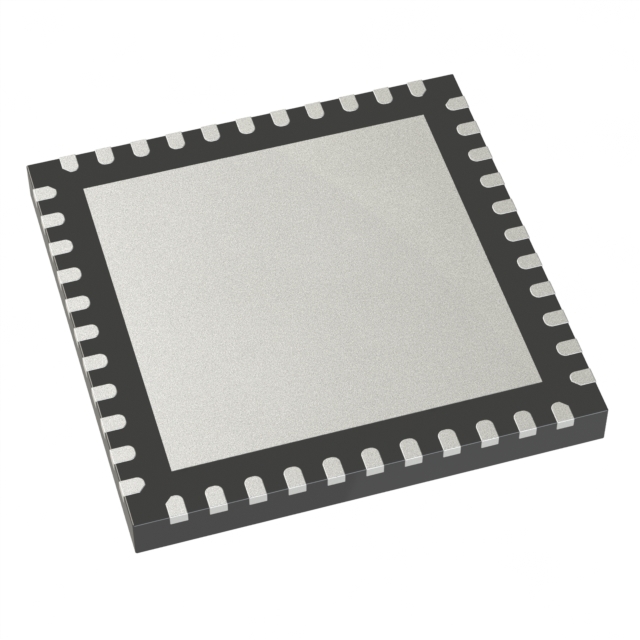

Microchip Technology
PIC18F4620T-I/ML
Microcontrollers




.png?x-oss-process=image/format,webp/resize,p_30)


PIC18F4620T-I/ML Description
The Microchip Technology PIC18F4620T-I/ML is a high-performance microcontroller (MCU) that belongs to the PIC18F series. This MCU is designed for a wide range of applications, including industrial control, automotive, and consumer electronics.
Description:
The PIC18F4620T-I/ML is a 28-pin microcontroller that features a 16-bit architecture and operates at a maximum frequency of 40 MHz. It is equipped with 128KB of Flash program memory, 4KB of RAM, and 2560 bytes of EEPROM data memory. The device also includes a variety of communication interfaces, such as UART, SPI, and I2C, as well as a 10-bit ADC and several timers and counters.
Features:
- 40 MHz maximum operating frequency
- 128KB Flash program memory
- 4KB RAM
- 2560 bytes EEPROM data memory
- 28-pin package (TQFP)
- Enhanced mid-range core with increased code density and improved performance
- Multiple communication interfaces: UART, SPI, and I2C
- 10-bit ADC with up to 13 channels
- Timers and counters: 8-bit Timer0, 16-bit Timer1, and 8-bit Timer2
- On-chip debugging and programming support
- Low-power sleep modes to conserve energy
- Internal oscillator with PLL for accurate clock generation
- Enhanced EEPROM and Flash programming capabilities
Applications:
The PIC18F4620T-I/ML is suitable for a wide range of applications due to its powerful features and versatile communication interfaces. Some potential applications include:
- Industrial control systems: Programmable logic controllers (PLCs), motor control, and sensor interfacing.
- Automotive applications: Engine management, body control modules, and infotainment systems.
- Consumer electronics: Home appliances, gaming consoles, and portable devices.
- Medical devices: Patient monitoring systems, diagnostic equipment, and wearable devices.
- Telecommunication systems: Modems, routers, and network interface cards.
- Security systems: Access control, surveillance cameras, and alarm systems.
- Data acquisition and signal processing: Measurement and control systems in various industries.
The PIC18F4620T-I/ML's combination of processing power, memory, and communication interfaces make it a versatile choice for a wide range of embedded applications.
Tech Specifications
PIC18F4620T-I/ML Documents
Download datasheets and manufacturer documentation for PIC18F4620T-I/ML
 PIC18Fx525, x620 Revision A3 Errata
PIC18Fx525, x620 Revision A3 Errata  Assembly Site 22/Nov/2023
Assembly Site 22/Nov/2023  PIC18Fx525, x620 Datasheet PIC18F(2, 4)zzz Programming Specification
PIC18Fx525, x620 Datasheet PIC18F(2, 4)zzz Programming Specification  Packing Changes 10/Oct/2016 Label and Packing Changes 23/Sep/2015
Packing Changes 10/Oct/2016 Label and Packing Changes 23/Sep/2015  PIC18F4620 Development Tool Selector
PIC18F4620 Development Tool Selector  PIC18F(2, 4)zzz Programming Specification
PIC18F(2, 4)zzz Programming Specification  Errata/Datasheet Update 07/Aug/2014 Qual Bond Wire 17/Oct/2016
Errata/Datasheet Update 07/Aug/2014 Qual Bond Wire 17/Oct/2016  Microchip CA Prop65 Microchip RoHS Microchip REACH
Microchip CA Prop65 Microchip RoHS Microchip REACH Shopping Guide






















.png?x-oss-process=image/format,webp/resize,h_32)










